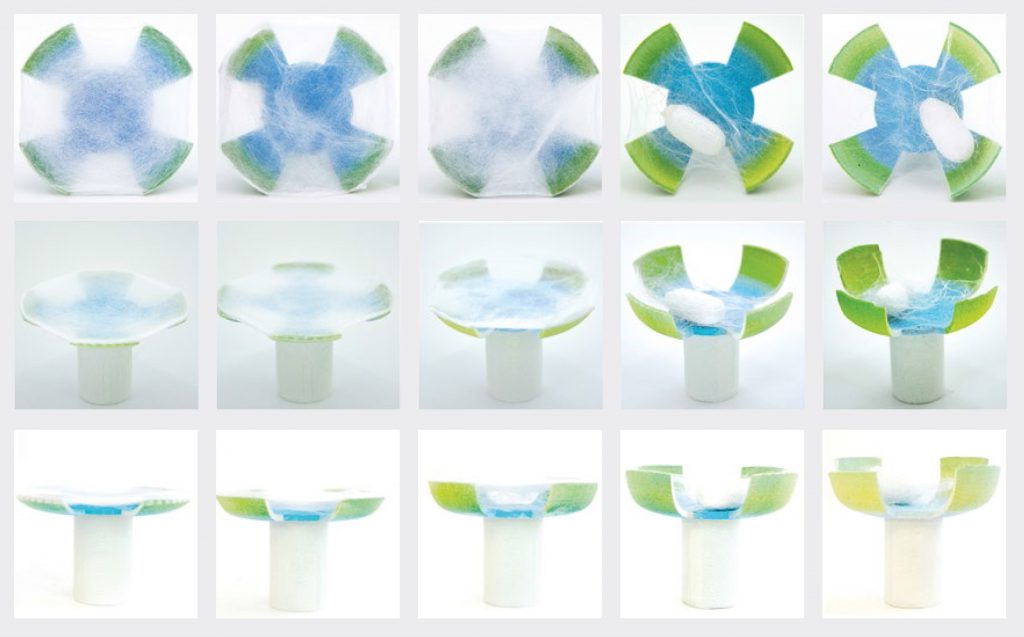Architectural design and fabrication methods have historically evolved in tandem. From adobe brick construction dating before 7500 bc to today’s 3D printing technologies, fabrication techniques have developed alongside design strategies and architectural styles. New design expressions have advanced innovation in construction techniques, while new fabrication technologies have inspired designers and architects to further push the envelope of design.
Today, robotic construction methods have the potential to us them in the next era of architectural design. To realise this potential we must question the basic premises of buildings themselves. Will robotic construction merely emulate manual construction, or become the catalyser for novel building processes?
Additive manufacturing, or 3D printing, is the process by which to fabricate three-dimensional structures from digital files. Successive layers of material are deposited according to predetermined tool paths until the final form is completed.
This fabrication method can be classified with respect to two basic attributes: firstly the degree of material sophistication, also known as material ‘tunability’; and secondly the level of communication and coordination between fabrication units.
The research at the Massachusetts Institute of Technology (MIT) Mediated Matter group aims to combine high levels of communication within and across robotic platforms with high levels of material tunability.
Towards Robotic Swarm Printing
Robotic (Swarm Printing (RSP) – a robotically controlled multi-nodal additive fabrication platform being explored by the Mediated Matter group (MIT) – could potentially transform the digital fabrication industry by overcoming the current limitations of additive manufacturing. Material limitations could be overcome by enabling automated construction of structural materials; gantry limitations by enabling the construction of large components made of a collective of cooperative small robots; and, finally, method limitations by enabling digital construction methods that are not limited to layered manufacturing, but also support free-form, woven and aggregate constructions. Their aim is to create RSP structures that include insulation, structural walls, internal reinforcing bars, tubing and wiring.
Using a new approach to large-scale digital construction inspired by the biological world, structures could be designed with integrated and continuous functionalities, and fabricated using a distributed system. At the architectural scale, this would allow for production beyond the limits of traditional construction. Through increased footprint, scalability, robustness, effi ciency and material tenability, RSP offers advantages over single-node robotic systems and current robotic building platforms. Th e MIT Mediated Matter group’s future research seeks to unite swarm construction and variable property additive manufacturing to create complex integrated building systems, inspired by nature, at the micro, product and architectural scales.
Silkworms co-spin on a CNC fabricated silk scaffolding structure to generate the biologically produced pavilion structure.

Text based on Neri Oxman, Jorge Duro-Royp and Steven Keating writing: “Towards robotic swarm printing”.





